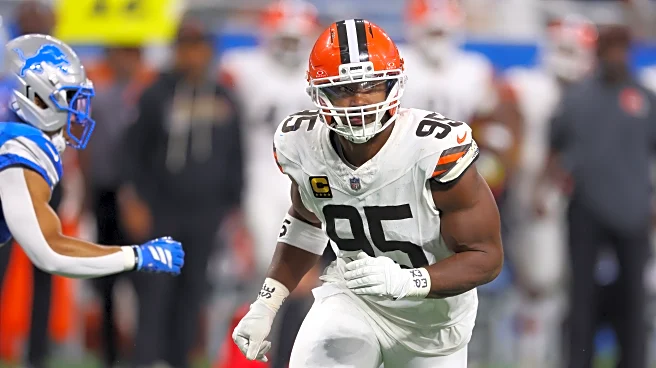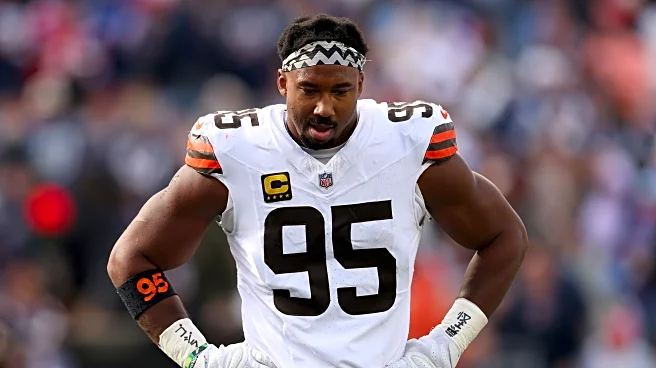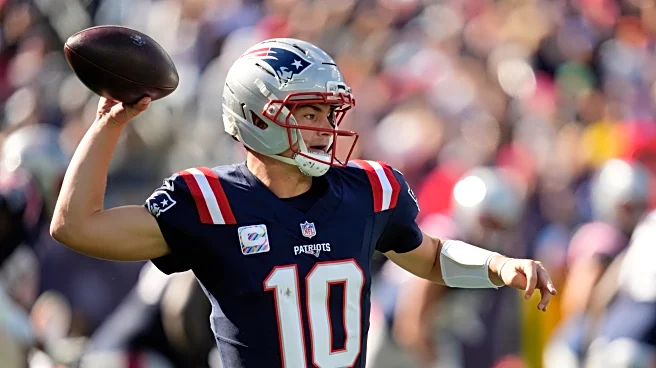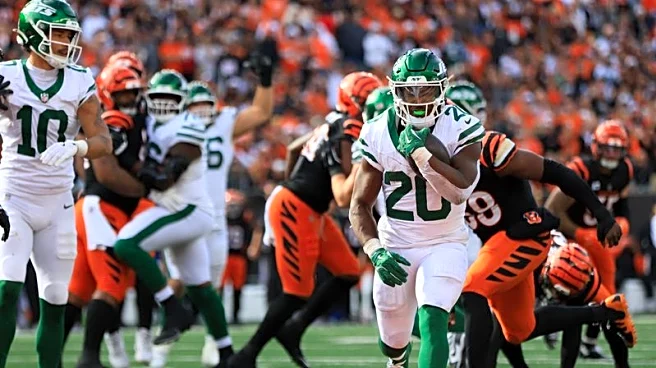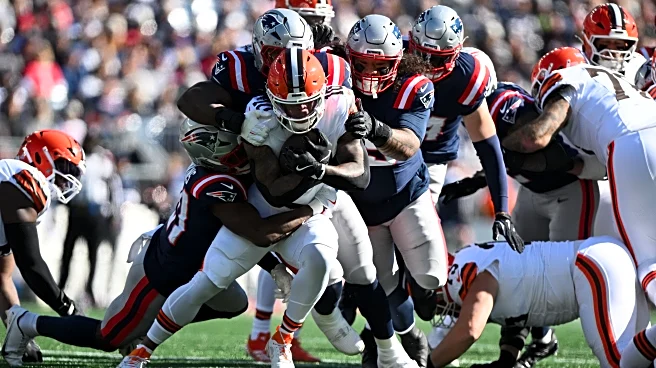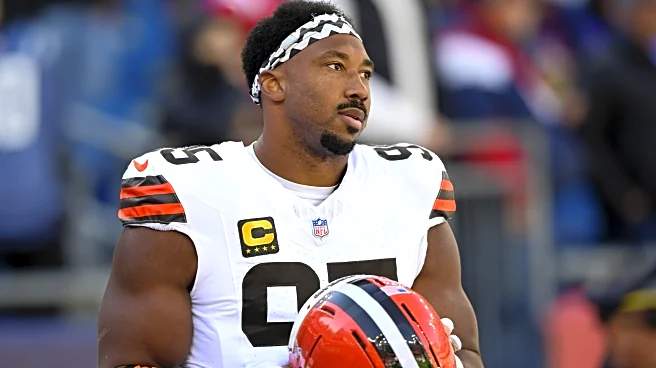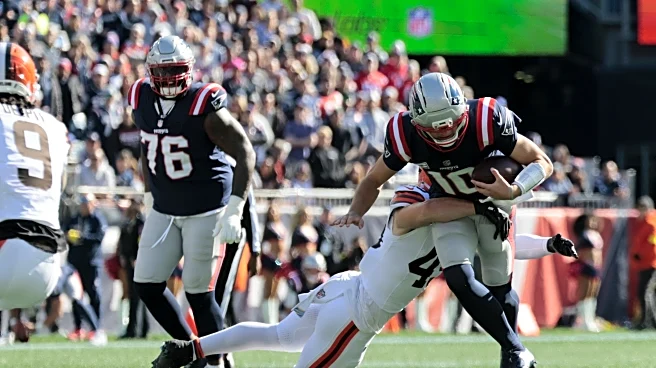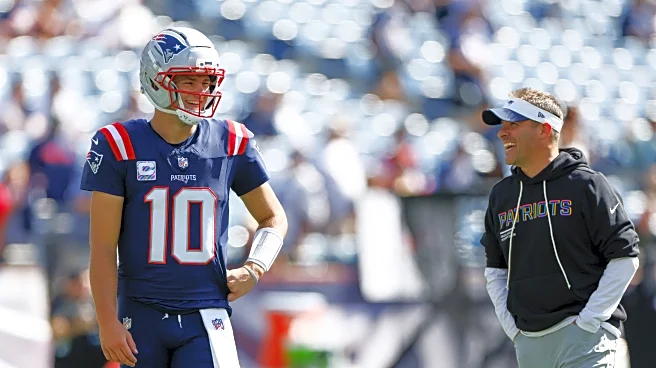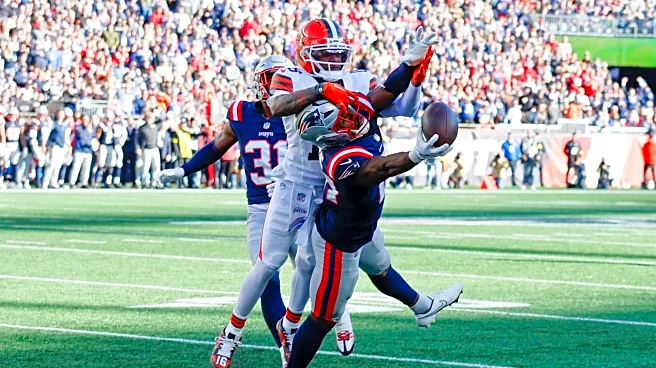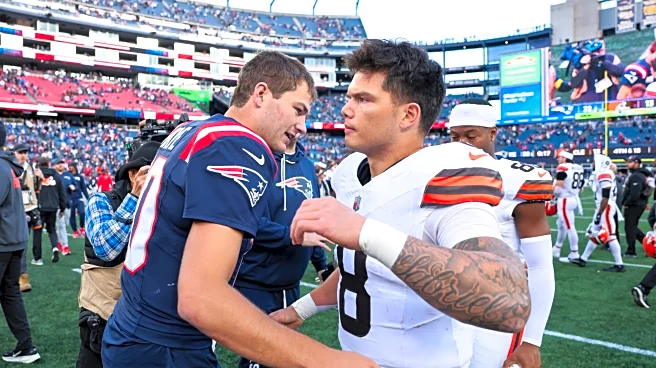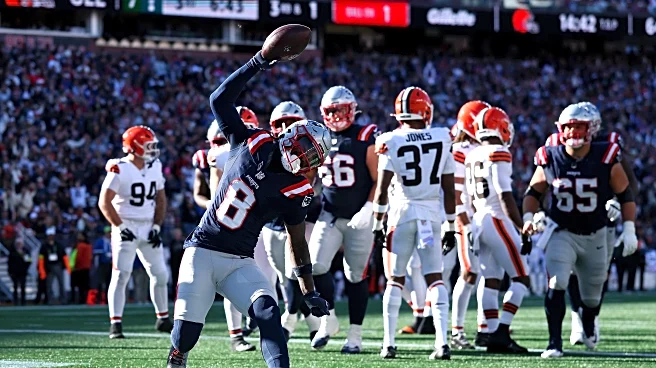The Cleveland Browns, along with the other teams near the bottom of the standings, will be connected to several potential trades between now and the NFL’s trade deadline on November 4.
General manager Andrew
Berry has already made three deals since the start of the season, sending veteran quarterback Joe Flacco to the Cincinnati Bengals and cornerback Greg Newsome II to the Jacksonville Jaguars , while bringing in offensive tackle Cam Robinson.
With the season going nowhere at 2-6 and the Browns on their bye week, Berry can spend the next week evaluating the situation and could look to move some of the team’s veterans who are not part of the plan after this season.
There is one major move that Berry could theoretically make, and that is to trade defensive end Myles Garrett, the league’s best defensive player.
While it is true that the Browns and Garrett agreed on a four-year contract extension in the offseason with $123.6 million in guaranteed money, there is no other player on the roster who would bring back the type of draft capital the Browns desperately need after going three years without a first-round selection, thanks to the disastrous Deshaun Watson trade.
That is the logic that Sports Illustrated’s Albert Breer laid out earlier today in making the case for the Browns to be at least open to dealing Garrett:
A potential trade is about what’s best for the Browns, the timeline for their rebuild, and Garrett’s career timeline (just to be clear, the team has been steadfast in saying it won’t trade him).
The Browns, to their credit, acknowledged their position in trading the second pick in April. Moving that choice and the right to take Travis Hunter was an admission that the roster needed an influx of youth and wasn’t one player away from being a contender. What’s more, it’s actually started to work, with a bumper crop of rookies headlined by Mason Graham, Carson Schwesinger, Quinshon Judkins, and Harold Fannin Jr. flashing big-time potential.
So, now is the time to lean into their strategy. For argument’s sake, let’s say the Browns could get two first-round picks, a 2026 second-round pick, and a ’27 third-round pick for Garrett. In that scenario, Cleveland would have three first-round picks and two second-rounders in ’26, and a total of 10 picks in the first five rounds, and two first-rounders and five picks in the first three rounds of the ’27 draft.
Add that to the core the Browns are starting to build with the 2025 class, and they’re looking at an opportunity to be firing on all cylinders by ’27 or ’28.
Let’s check a few of the reasons that Breer lays out in his case:
- It’s interesting to say the Browns would be “firing on all cylinders” by the 2028 season, which coincidentally would be the last one before the team moves to its new stadium in Brook Park. The idea of building a winner just in time for the new stadium would certainly be appealing to ownership.
- Two first-round selections do sound nice. But remember that contract extension the Browns worked out with Garrett? It includes a no-trade clause, and there is no reason to believe Garrett would waive that unless he was going to a team that is in a position to contend for Super Bowls over the rest of his career. Which means those picks would fall at the end of the first round, and that takes some of the value off of them as far as the Browns are concerned.
- There is also the not-so-small cap hit that the Browns would have to absorb. Trading Garrett during the season would trigger a dead cap hit of $68 million for the 2026 season, easily dwarfing the $53 million hit the Denver Broncos took to get rid of quarterback Russell Wilson in 2024. Breer does acknowledge the cap hit, but is of the opinion that sometimes in the NFL, you have to take your medicine.
It is hard to see the Browns being willing to take on the type of cap hit required to trade Garrett, even if the draft picks they receive in return would help to restock the roster. If anything, they would appear more likely to do what the Broncos did with Wilson, and finally cut ties with Watson simply to move on from a mistake.
But even that is complicated, as the Browns would be looking at a $135 million dead cap charge, split between 2026 and 2027, if they were to release Watson after this season with a post-June 1 designation.
So, yes, the Browns could trade Garrett by this time next week. But whether they should trade him is a different matter, especially given that the return may not be as valuable as hoped for with a player of Garrett’s ability.
What do you think, Browns fans? Should the Browns take their cap medicine and trade Garrett for as much as they can get? Or are they better off with him on the roster?
